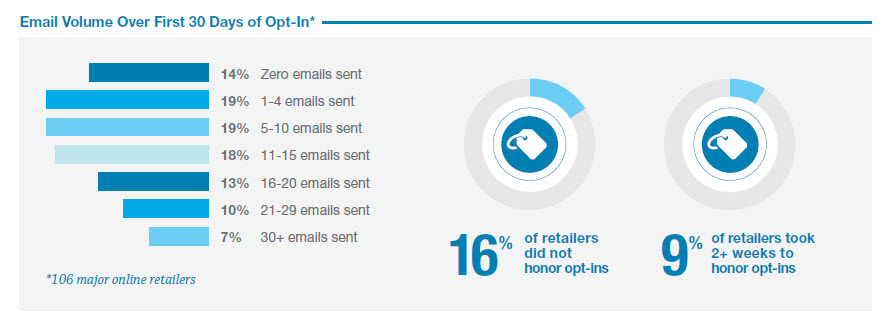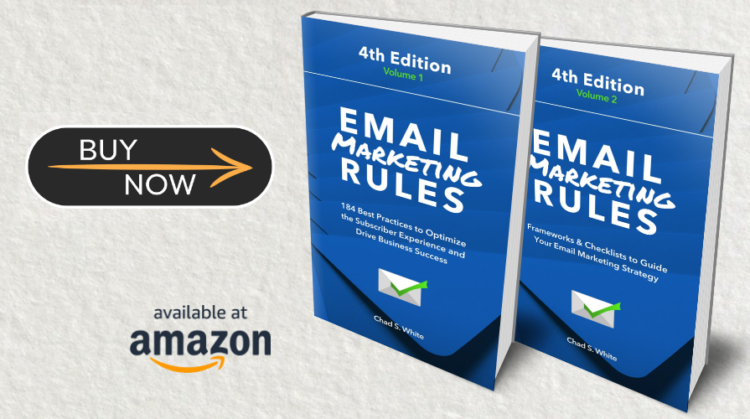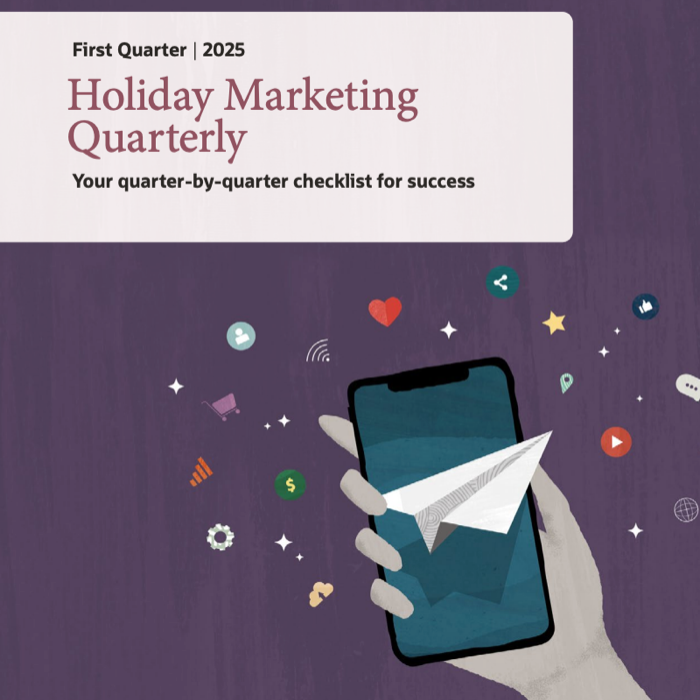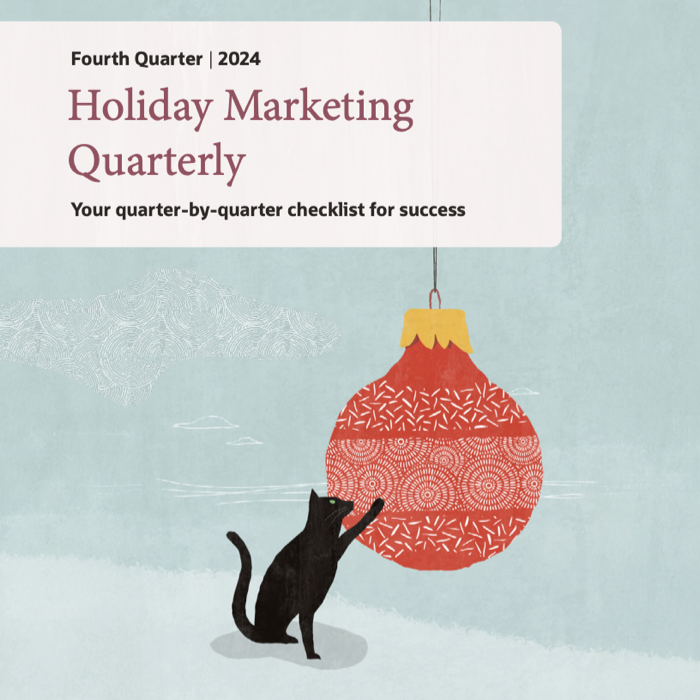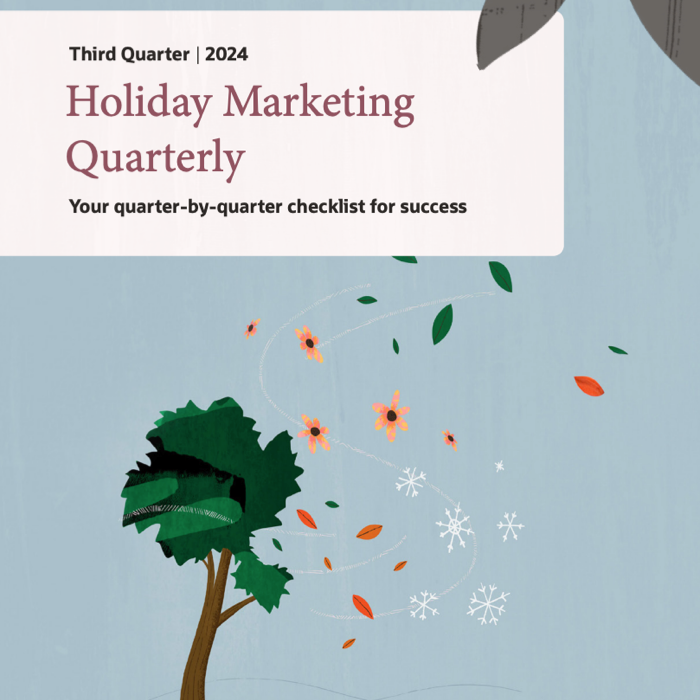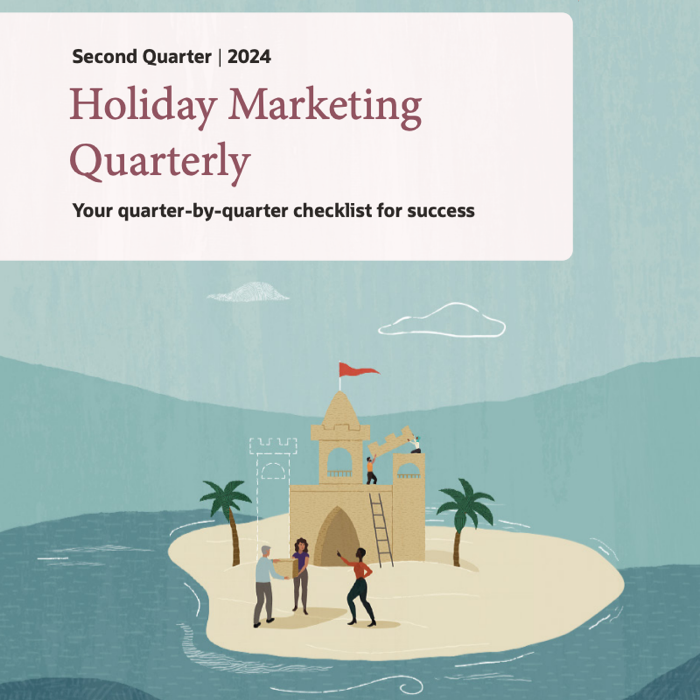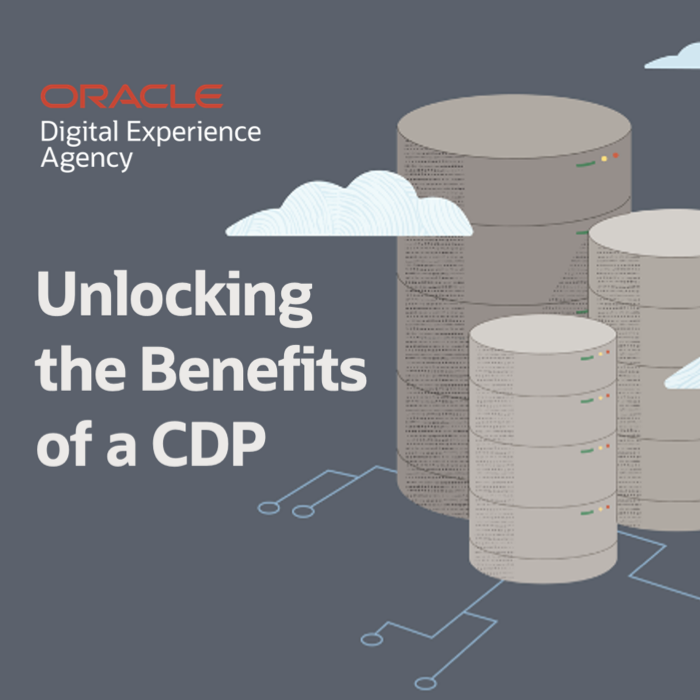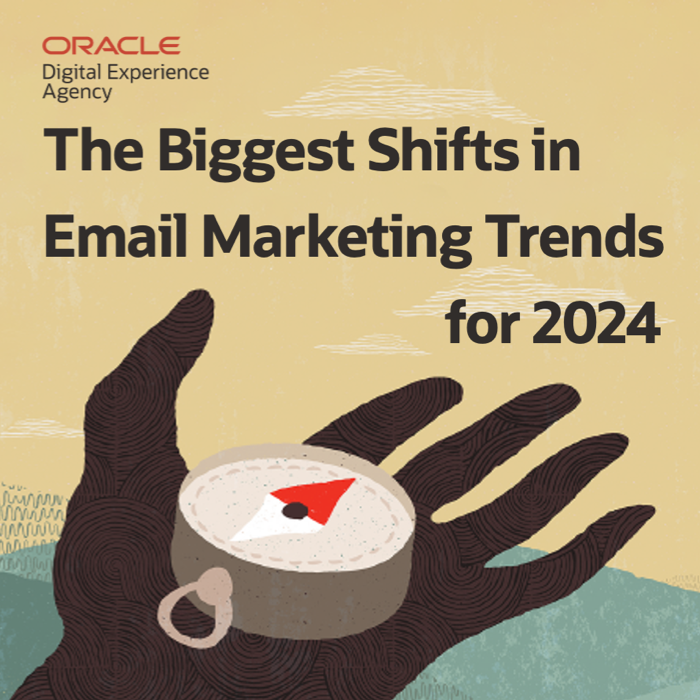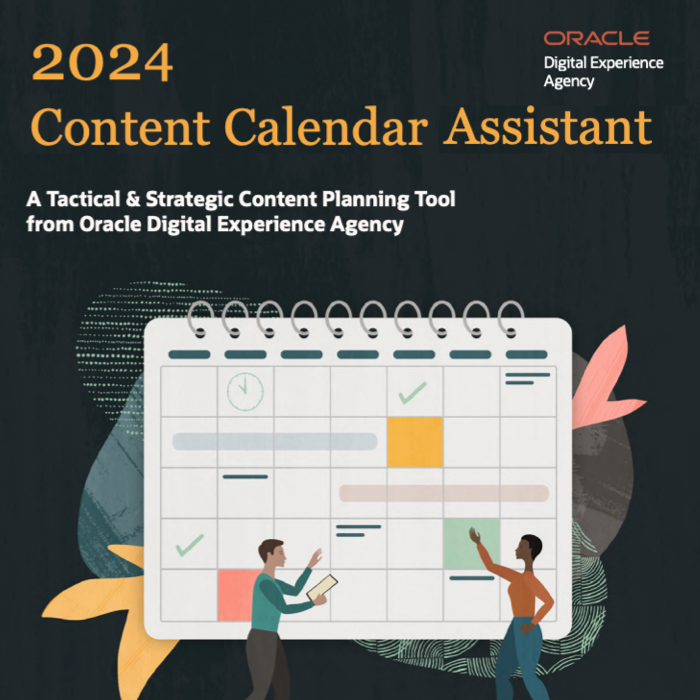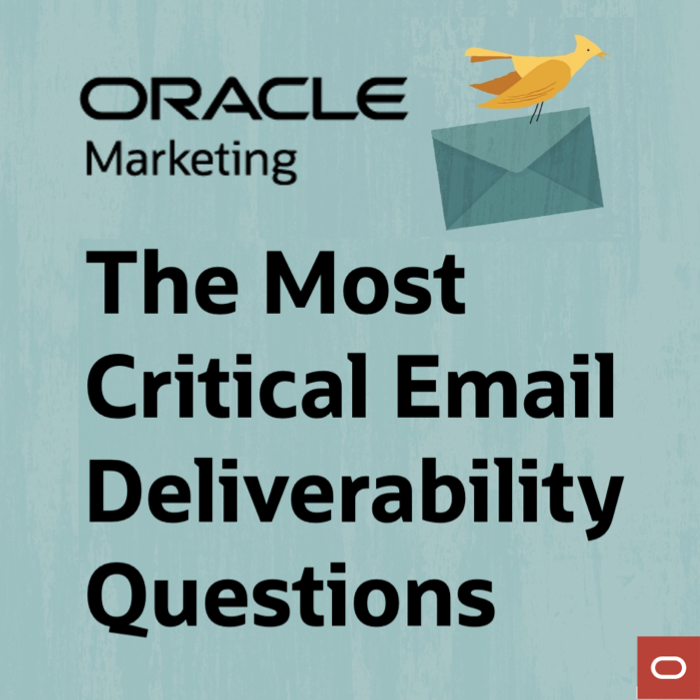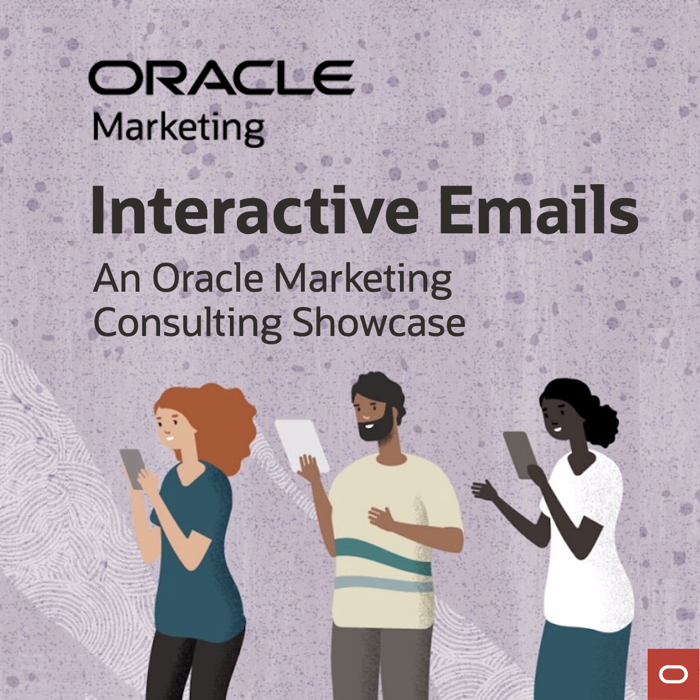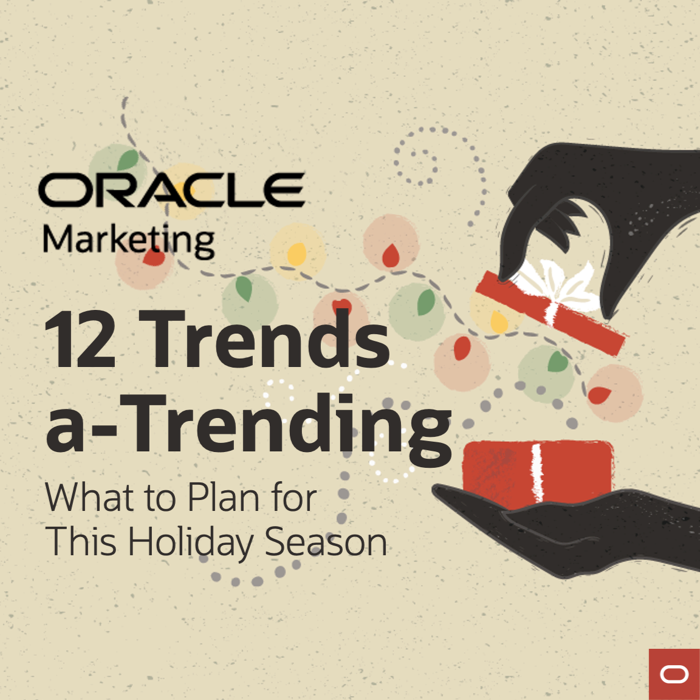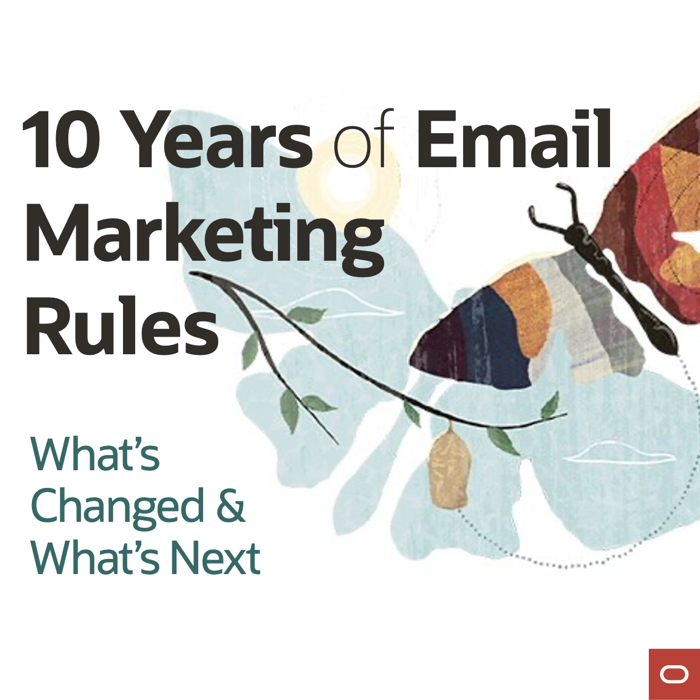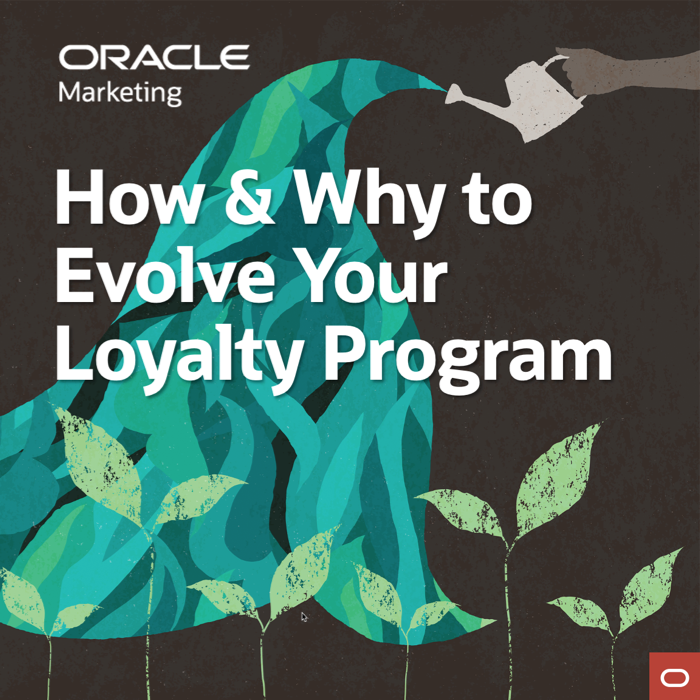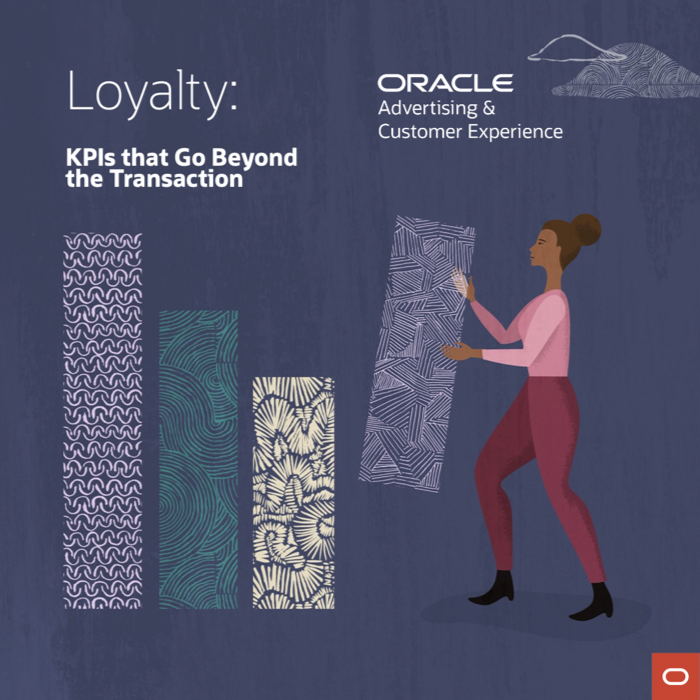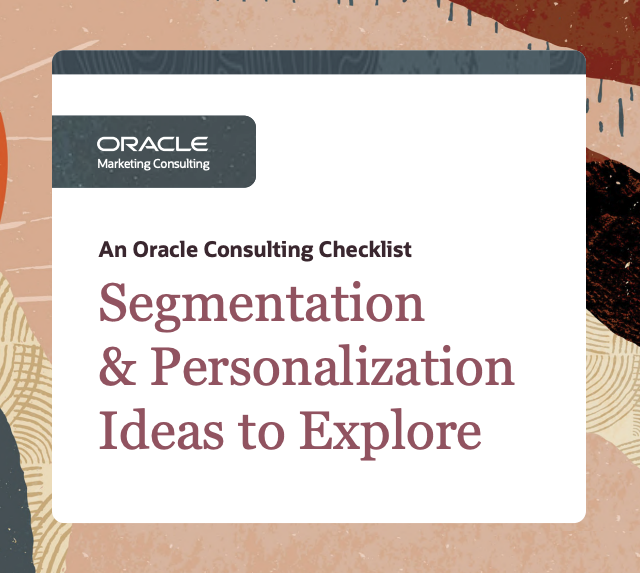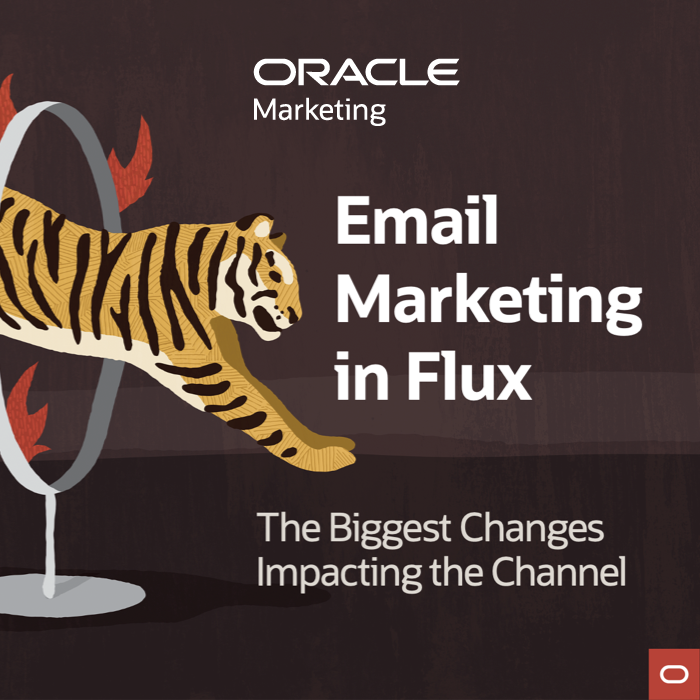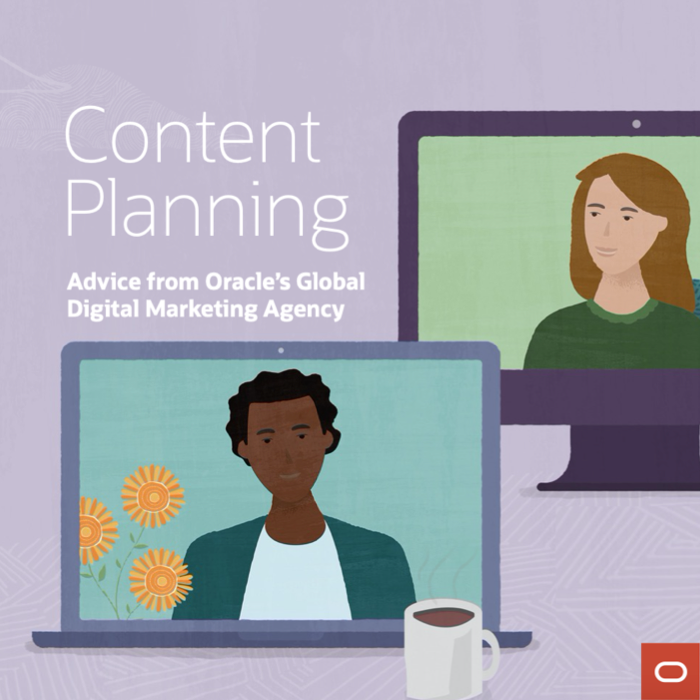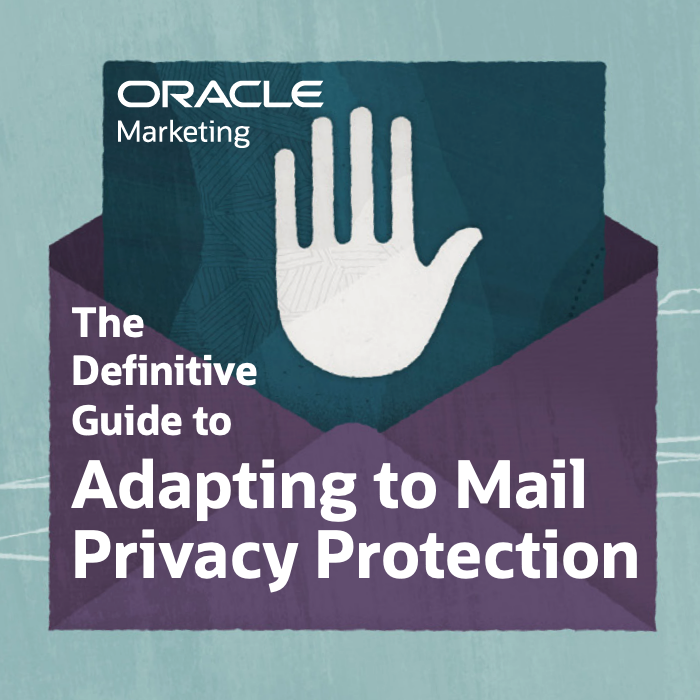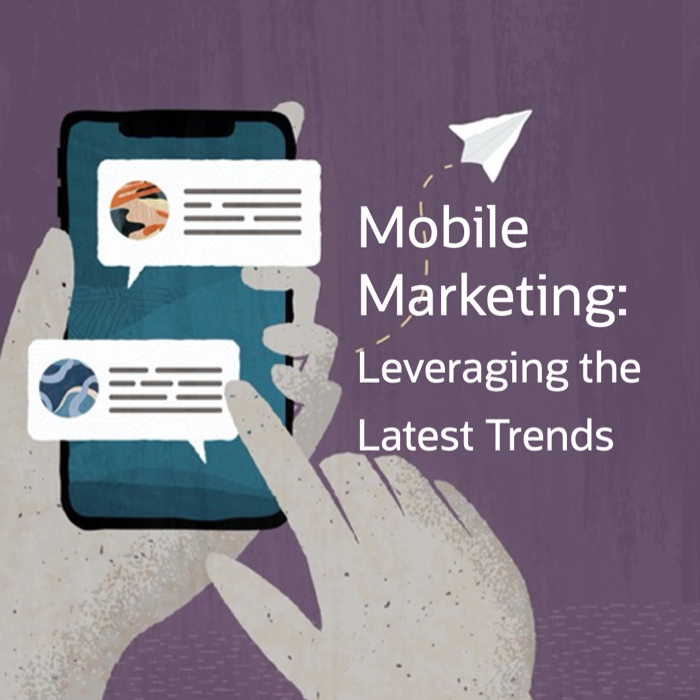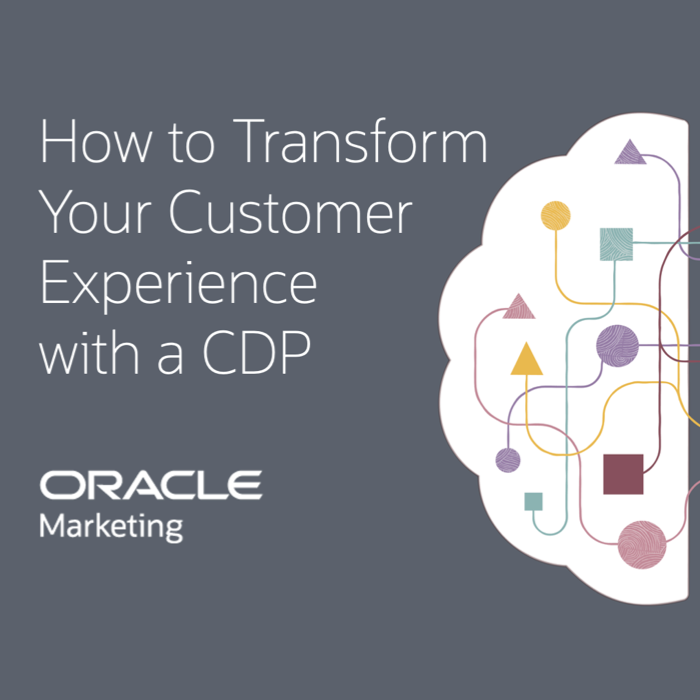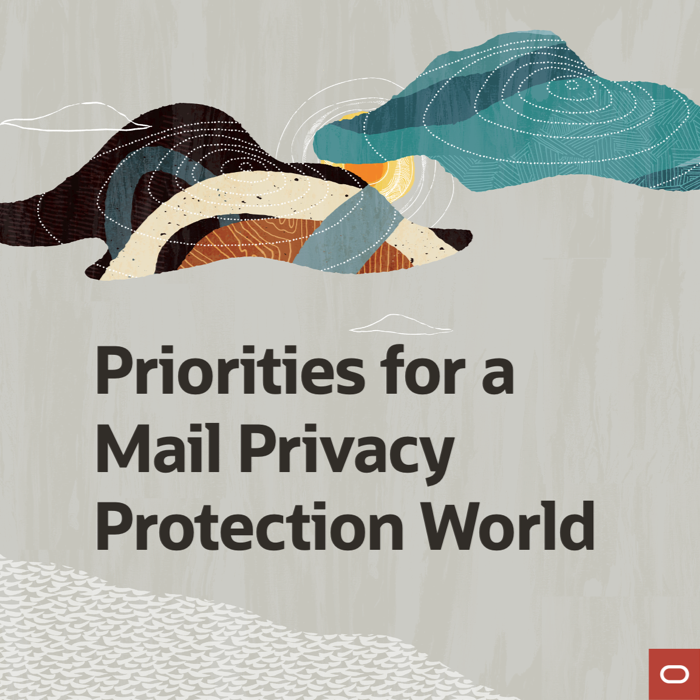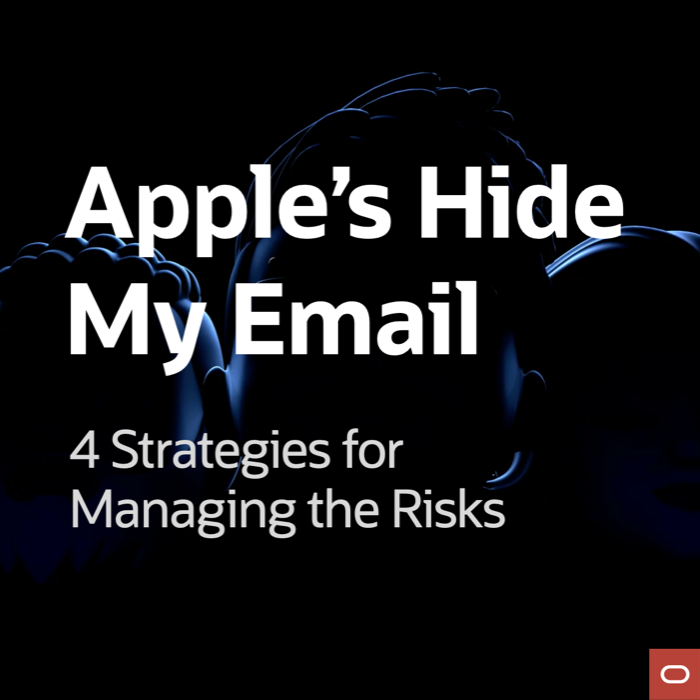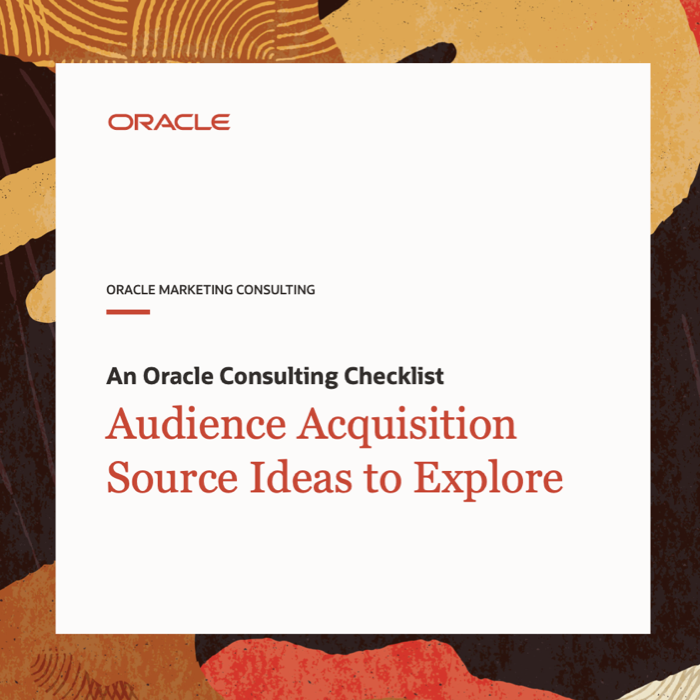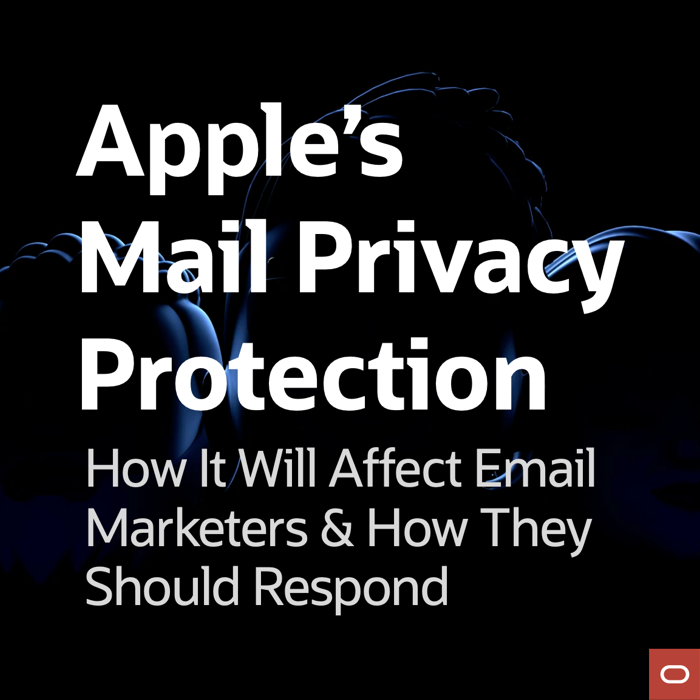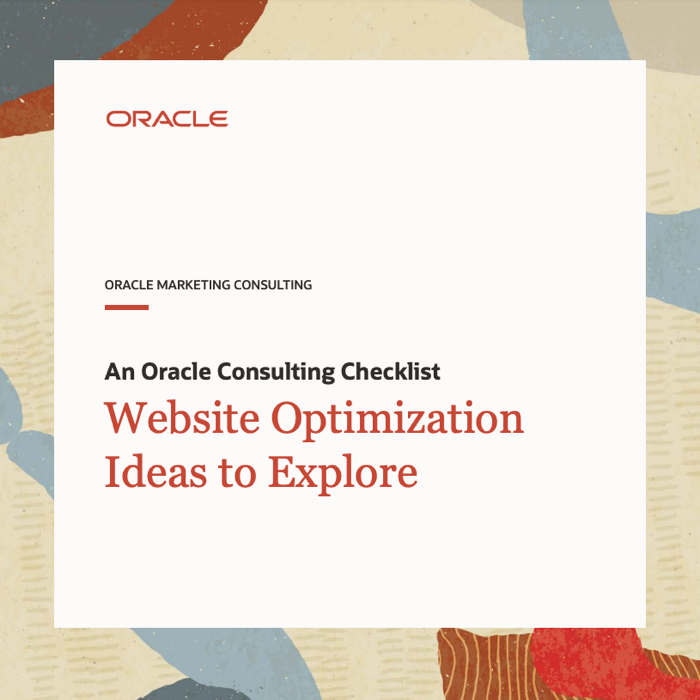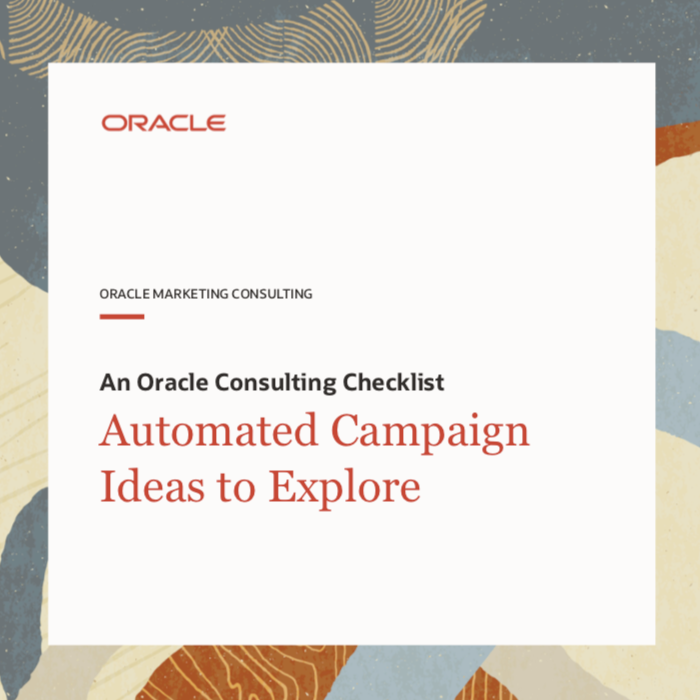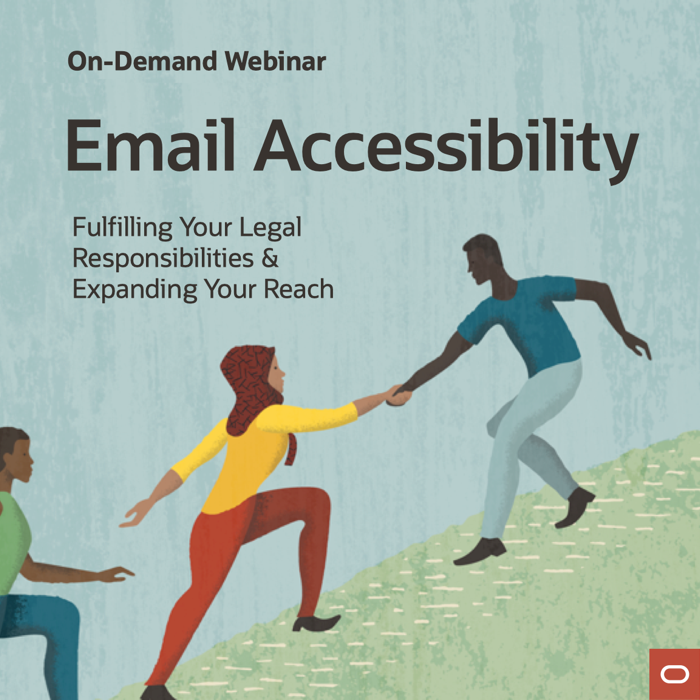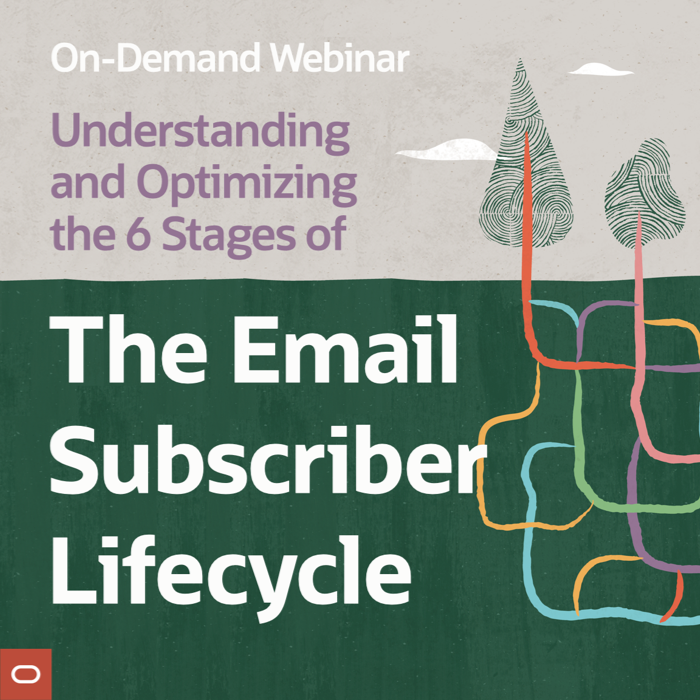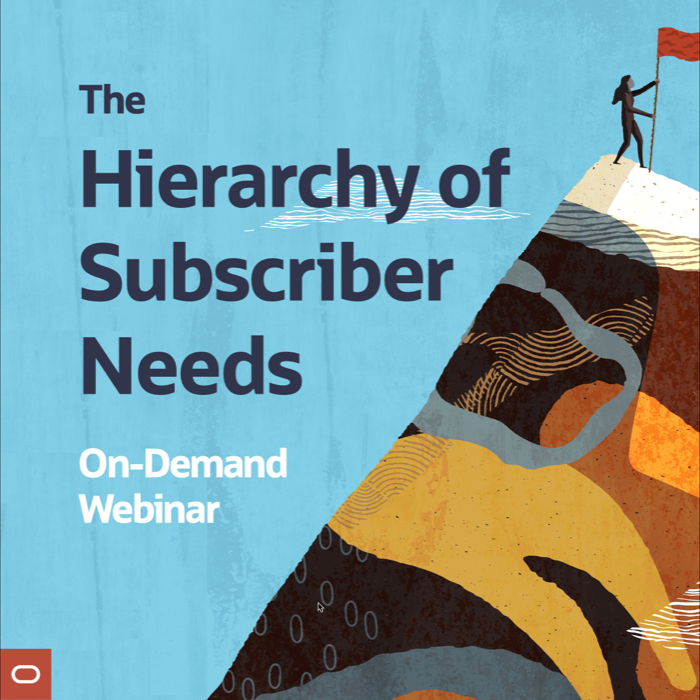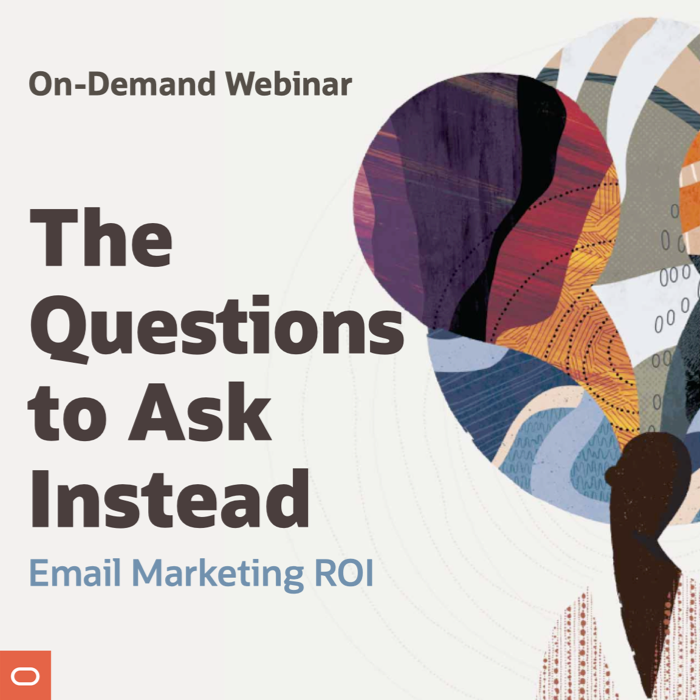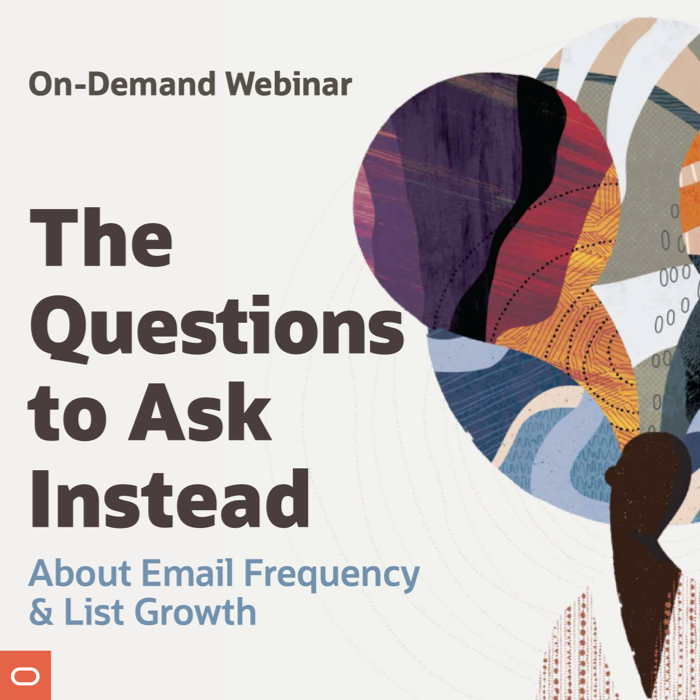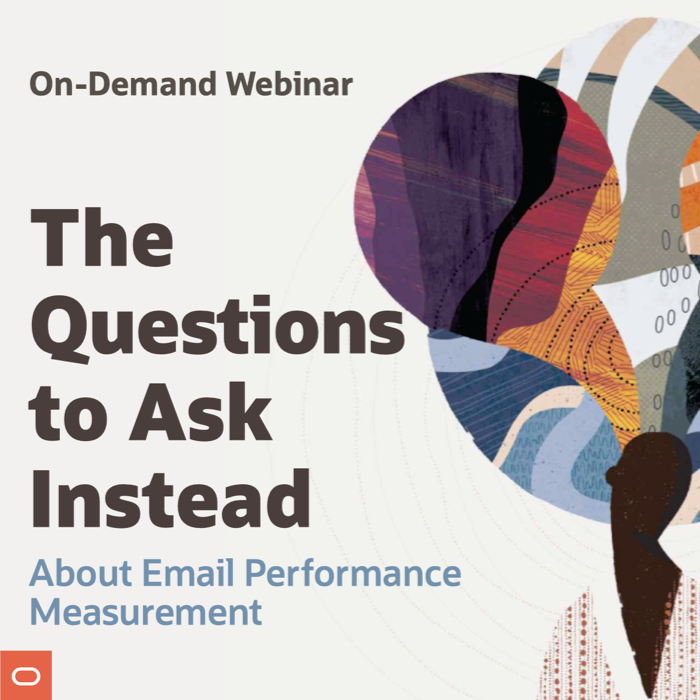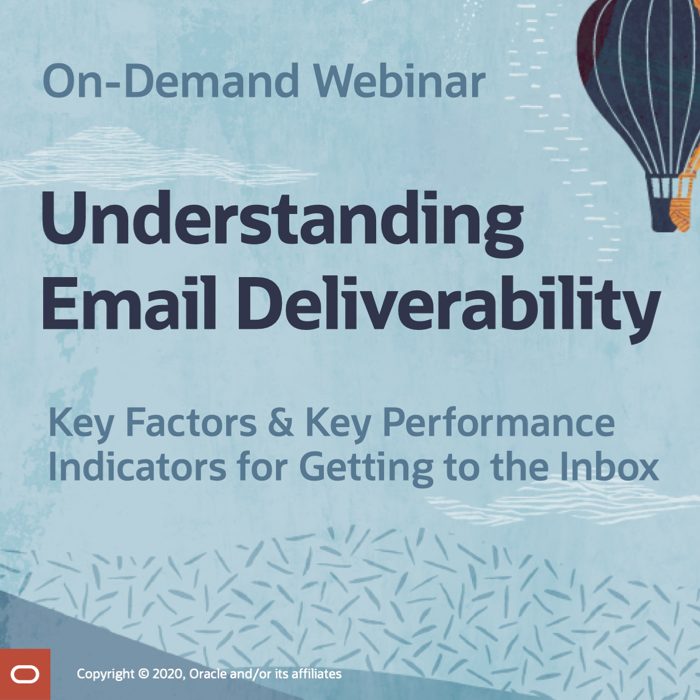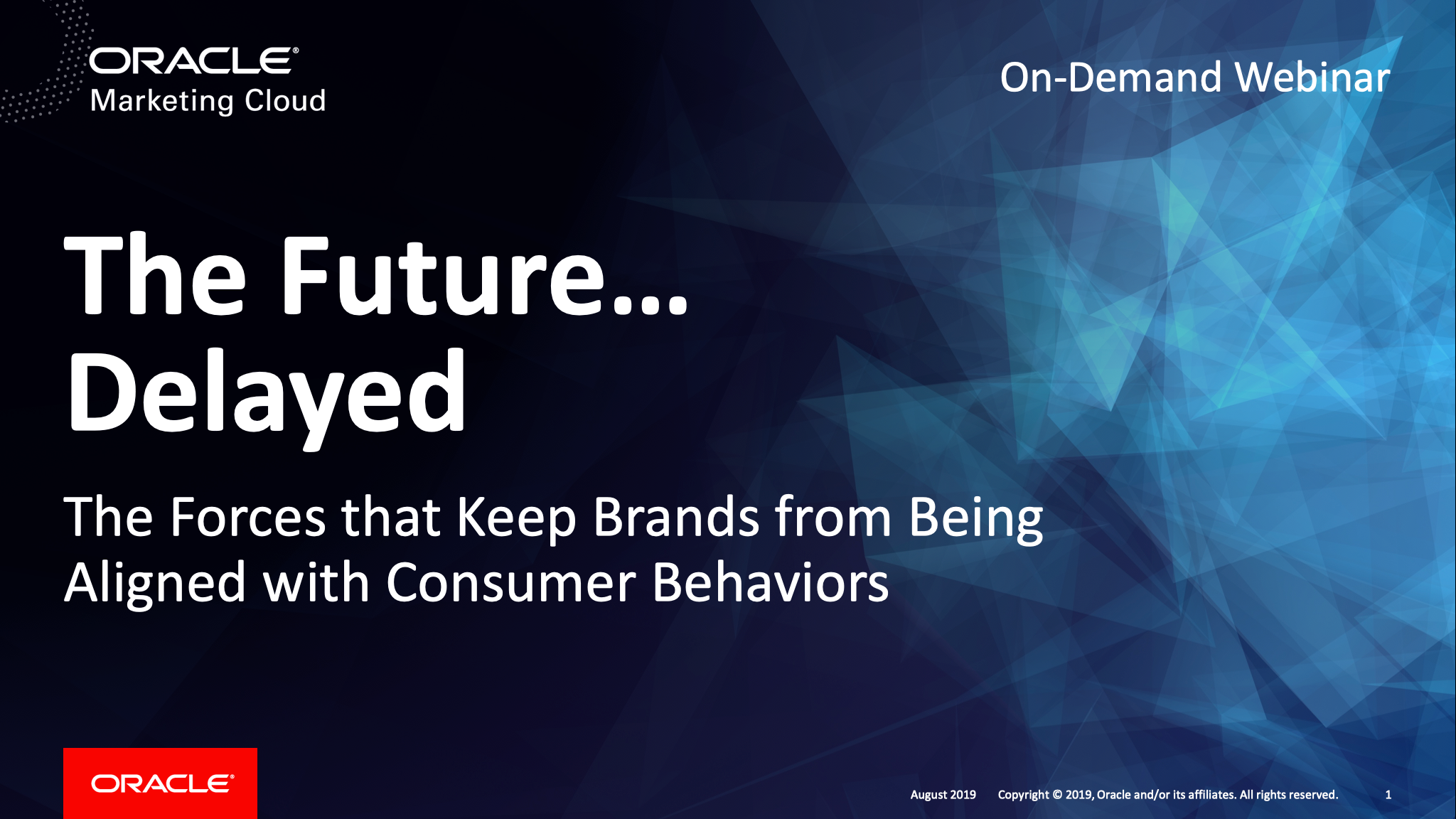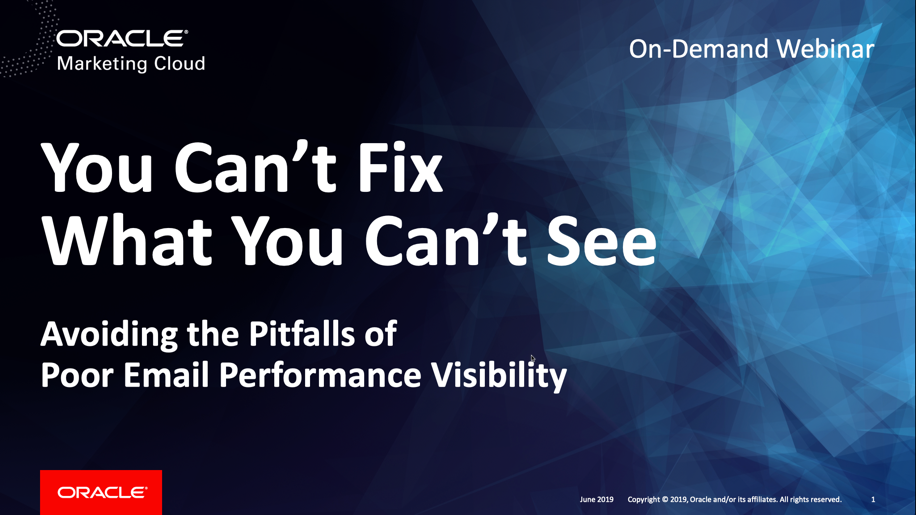Where You Can Find Me during Connections 2013
Posted on September 12, 2013
 I’m super excited about next week’s Connections, which will be my third. If you’re attending, I’d love to meet you. Here’s where you can find me:
I’m super excited about next week’s Connections, which will be my third. If you’re attending, I’d love to meet you. Here’s where you can find me:
MONDAY
4p – 5:30p >> I’m attending the Town Hall with Scott Dorsey and Marc Benioff.
TUESDAY
9p – midnight >> I’m a featured guest at the Cloud Crawl Party at the Colts Grille (110 West Washington St.), where I’ll be hanging out with my esteemed colleagues Joel Book, Kyle Lacy, Chip House, and Dawn DeVirgilio.
WEDNESDAY
10:30a – 11:15a >> I’m attending the Retail & eCommerce Roundtable at the JW Marriott (Ballroom 10).
2:30p – 3:15p >> I’m presenting The Good, the Bad, and the Best: Practices for a Post-Wild West Email Marketing World in the Convention Center (Rooms 120-122).
5p – 6p >> I’m signing copies of my book, Email Marketing Rules, in the Client Listening Lounge. Bring your copy or get a free copy by completing a short survey to help us with our 2014 Predictions Research Project.
I’ll be around on each of those days, as well as on THURSDAY, attending sessions, hanging out at the Social Command Center and Social Lounge, and chatting with folks at the ET booth. I hope to see you there!
All-Star Email Marketing Author Session on Oct. 15
Posted on September 11, 2013
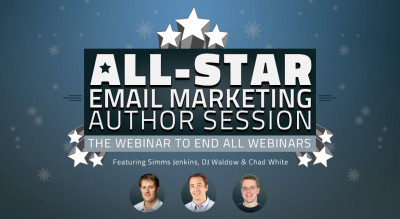 Wish you had your own panel of email marketing luminaries to answer all your burning questions? Well, this is your chance.
Wish you had your own panel of email marketing luminaries to answer all your burning questions? Well, this is your chance.
Join Simms Jenkins, DJ Waldow and myself for a unique webinar event on Tuesday, Oct. 15 at 2pm ET, where you decide what questions we’ll answer. Plus, if your question is selected, you’ll win autographed copies of Simms’ The New Inbox, DJ’s The Rebel’s Guide to Email Marketing, and my Email Marketing Rules.
With four highly acclaimed email marketing books between us, rarely has so much email marketing knowledge been assembled in one place. Don’t miss the All-Star Email Marketing Author Session!
>> Register and Help Determine What Questions We’ll Answer
Five Predictions for the Email Marketing Holiday Season
Posted on September 10, 2013
 For those marketers who already have visions of Christmas emails dancing in their head, here are my email marketing predictions for this holiday season:
For those marketers who already have visions of Christmas emails dancing in their head, here are my email marketing predictions for this holiday season:
1. Marketers will send more responsive emails on high-mobility days. After the last holiday season, the shift to mobile reading of emails is now unequivocally too big to ignore. Retailers have finally gotten the message and have made a mobile-friendly overhaul of their email templates a priority this year.
Most retailers have taken incremental steps, with many adopting mobile-optimized templates in recent months. But on the days during the holiday season when subscribers are most mobile—like…
>> Read my entire Email Insider column on MediaPost.com
Holiday Inspirations from the Email Swipe File
Posted on September 9, 2013
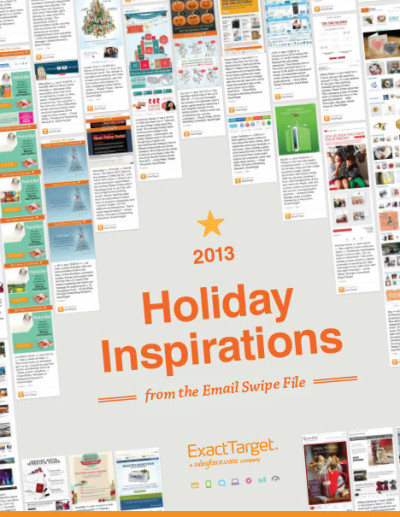 Already have visions of holiday emails dancing in your head? So do we. In Holiday Inspirations from the Email Swipe File, you’ll find festive examples of holiday emails that illustrate 14 important holiday email tactics, including…
Already have visions of holiday emails dancing in your head? So do we. In Holiday Inspirations from the Email Swipe File, you’ll find festive examples of holiday emails that illustrate 14 important holiday email tactics, including…
- Trumpet the Start of the Holiday Season
- Bring Seasonal Flair to Triggered Emails
- Accommodate Santa’s Fat Fingers
- Incorporate Learnings from Other Seasons
- Encourage Wish-Sharing
- Get Progressively Better
- Delight Spirits
Learn about all 14 tactics, view our selection of inspiring examples, and pick a couple of tactics to add to your own holiday marketing plans.
>> Download this free report
The Last Word on August 2013
Posted on September 4, 2013
 A roundup of articles, posts, tweets and emails you might have missed last month…
A roundup of articles, posts, tweets and emails you might have missed last month…
Must-read articles, posts & whitepapers
Deliverability Misconceptions: The Insider Break-down (Experian)
The Habits Of Highly Ineffective Email Marketers (MediaPost)
What’s an Email Hash, Anyway? (ClickZ)
Guest Expert: Alex Williams on 11 Things that Need to Die in Mobile Email (Silverpop)
Kagan: Court Hasn’t Really ‘Gotten To’ Email (Yahoo News)
Insightful & entertaining tweets
@marshallk: Knowing the moment that people open my emails feels like a super power. I need to learn to use it, like picking up buildings w/ bare hands.
@Advertising140: If your email still looks solid with images turned off…then you’ve done a good job. #emailmarketing
@markbrownlow: Test subject lines in admin emails, too. Produced >60% lift to confirmed subscriptions: http://t.co/JMwHJ6wmg1
@Jfalkenthal: A3: No one owns the community. A community can be facilitated & engaged with, but not owned. #etcafe
@JuntaeDeLane: I hear YouTube, Twitter & Facebook are merging to form a super #SocialMedia site called YouTwitFace – Conan OBrien
Great additions to the Email Swipe File pinboard
OfficeMax gift services footers from 2012 holiday season >> View the pin
Walmart welcome email from 2012 holiday season >> View the pin
Apple email sent on 11/20/12 >> View the pin
Home Depot email sent 2/7/11 >> View the pin
Noteworthy subject lines
Dunkin’ Donuts, 8/26 — School’s in session – recharge with a DD Card
Vera Bradley, 8/23 — Best-looking couples, class of 2014!
Hanna Andersson, 8/17 — Quick study in boys jeans: sturdy savings for one more week!
SkyMall, 8/1 — The 10 Things You Need for Back to School Success
ModCloth, 8/2 — Apt ‘apt.’ decor!
Coldwater Creek, 8/26 — Save on jeans + New Arrivals…Labor Day savings start NOW!
Sears, 8/26 — EXTRA 5-15% off online: Labor Day Kickoff savings
PersonalizationMall, 8/26 — 25% Off Grandparents Day Sale – This Week Only
Hanna Andersson, 8/28 — Halloween hannas are here!
Horchow, 8/21 — Autumn + Christmas: New finds, right now
Neiman Marcus, 8/17 — Men’s Fall Lookbook
Karmaloop, 8/23 — Fall Up! All New Jackets and Hoodies from HUF, Nixon, Crooks and Castles, Staple and more!
ModCloth, 8/29 — FLOTUS-worthy frocks.
Sephora, 8/30 — Too busy for the salon?
Michael’s, 8/24 — Rainbow Loom: As Seen on the Today Show
Pier 1 Imports, 8/24 — More ZZZs. Less $.
The Container Store, 8/23 — NEW! Q & A Feature
Etsy, 8/17 — E-I-E-I-O
The Container Store, 8/12 — ♫ Splish, Splash! ♫
Tiny Prints, 8/15 — 101 Reasons to Open this Email
Vera Bradley, 8/14 — Q. Best accessory? a) lanyards b) IDs c) wristlets …
Most popular posts on EmailMarketingRules.com last month
1. The Many Uses (and 2 Drawbacks) of Animated Gifs
2. Why You Shouldn’t Ask Your Gmail Subscribers to Re-Tab Your Emails
3. The One-Two Punch of Subject Lines and Preheaders
B2C Brands Sent Subscribers 13.2 Emails on Average during August 2013
Posted on September 3, 2013
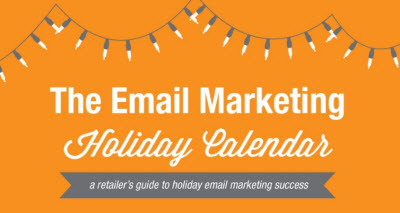 During August, B2C brands sent each of their active subscribers 13.2 promotional emails on average, based on the anonymous tracking of more than 140 B2C brands, including retailers, restaurants, manufacturers, travel and hospitality, and nonprofits. That’s up 1% from the previous month.
During August, B2C brands sent each of their active subscribers 13.2 promotional emails on average, based on the anonymous tracking of more than 140 B2C brands, including retailers, restaurants, manufacturers, travel and hospitality, and nonprofits. That’s up 1% from the previous month.
Retailers sent each of their subscribers 16.2 promotional emails on average, down 2% from July. While it’s unusual for retail email frequency to dip in August, it’s not unheard of. That said, it is lower than I anticipated (see The Email Marketing Holiday Calendar).
National Retail Federation research indicated that back-to-school spending would be down this year, following a strong spending season last year, so it’s possible that retailers kept their email volume in check to match demand. It’s equally likely that retailers will shift some of their back-to-school messaging into September to capitalize on unforeseen needs—and peer-inspired needs—that arise during the early weeks of school.
For more on seasonal email marketing trends, check out Email Marketing Holiday Calendar 2013: September Preview & August Review.
Which of the 200+ Pins in the Email Swipe File Is Your Favorite? Tell Us & Win
Posted on August 27, 2013
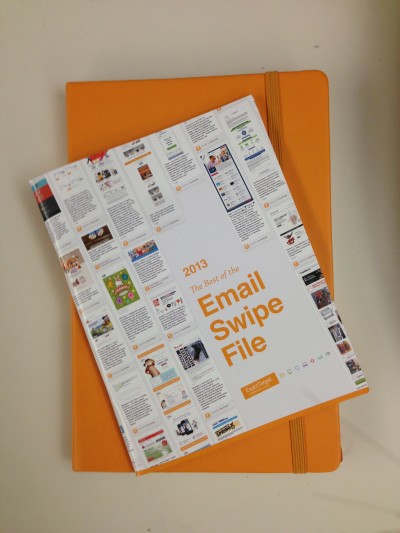 ExactTarget’s Email Swipe File on Pinterest now has more than 200 pins of inspiring emails and landing pages. To celebrate this milestone, we’re giving away 10 print editions of The Best of the Email Swipe File, which highlights the 20 examples from the pinboard that we most hope you’ll steal, test, and make your own.
ExactTarget’s Email Swipe File on Pinterest now has more than 200 pins of inspiring emails and landing pages. To celebrate this milestone, we’re giving away 10 print editions of The Best of the Email Swipe File, which highlights the 20 examples from the pinboard that we most hope you’ll steal, test, and make your own.
Winning is easy. Just…
1) Visit the Email Swipe File on Pinterest and add a comment to the bottom of your favorite pin, explaining why you think it’s awesome.
2) Then let us know on Twitter with a tweet that includes a link to the pin and the hashtag #ETSwipe.
The first 10 people to tweet win!
10 Inspiring Holiday Header Email Designs
Posted on August 23, 2013
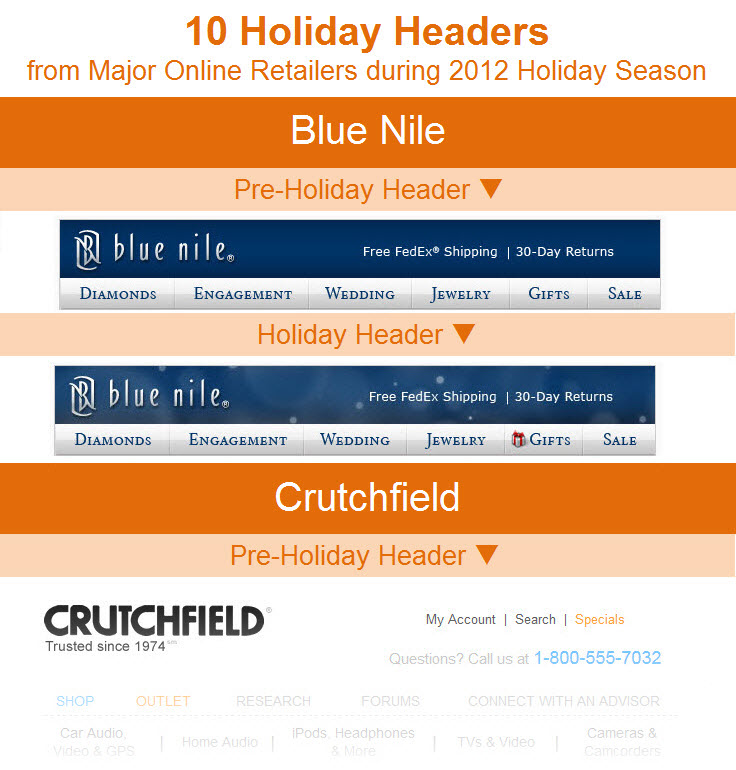 In the first of our four Holiday Retail Design Tips videos, I talk about using your email design to send a clear signal to subscribers that it’s time for them to start their holiday gift buying. A big part of that is creating a holiday header—that is, adding seasonal imagery, messaging and links to your header and navigation bar.
In the first of our four Holiday Retail Design Tips videos, I talk about using your email design to send a clear signal to subscribers that it’s time for them to start their holiday gift buying. A big part of that is creating a holiday header—that is, adding seasonal imagery, messaging and links to your header and navigation bar.
To spark some ideas around all the design possibilities, I’m sharing the holiday header designs that 10 retailers used last holiday season, as well as their pre-holiday headers so you can see just how they were changed. For instance…
>> Read the entire post on the ExactTarget Blog
I’m Now Sharing on SlideShare and Google+
Posted on August 20, 2013
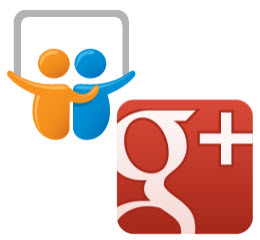 I’ve jumped on the SlideShare bandwagon. I’ve uploaded several presentations and infographics, as well as an exclusive except from Email Marketing Rules. I’m only sharing content that I produced or made significant contributions to, so if you’d like access to all the cross-channel goodness that ExactTarget produces, check out ExactTarget on SlideShare.
I’ve jumped on the SlideShare bandwagon. I’ve uploaded several presentations and infographics, as well as an exclusive except from Email Marketing Rules. I’m only sharing content that I produced or made significant contributions to, so if you’d like access to all the cross-channel goodness that ExactTarget produces, check out ExactTarget on SlideShare.
I’ve also somewhat reluctantly joined Google+. It seemed like it was finally time. If you’re on Google+, circle me—and let me know what you like best about it. Perhaps I have been unfairly biased against G+.
Of course, you can also find me on Twitter, LinkedIn, and Pinterest. I hope to connect with you there as well.
 Email Marketing Rules
Email Marketing Rules